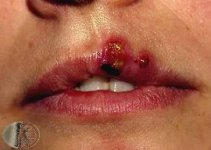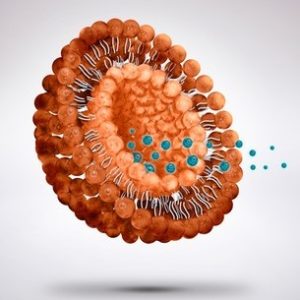Myxedema (MY-eh-not-D MEE-da-ZEH-MEE) is a medical condition characterized by excessive fluid retention (pooling), decreased muscular tone, fluid loss, and a tendency to cause foot ulcers. It usually affects the feet and legs but can also cause amputation and foot ulcers. In some patients, severe pain in the legs or arms may occur along with increased swelling and tenderness of skin.
The most common manifestations are a swelling in the legs, especially in the ankles. Also, pain and tenderness in the legs sometimes occur together with the swelling. The most common causes of myxedema are infections, medications, pregnancy, obesity, steroids, pregnancy, and aging.
The medical research on this disorder has not revealed a definite explanation for the cause
However, researchers have proposed that it is related to the body's compensatory reaction to the fluid loss. It is known to result from a lowered resistance to the fluid draining out, as a result of poor blood supply to the muscles or tissues of the legs.
Symptoms of myxedema are varied and can be severe. The most common of these are increased leg swelling, pain and tenderness in the legs, and foot or ankle tenderness. However, other symptoms may include loss of feeling, skin weakness, fluid accumulation in the legs, a lumpy appearance of the skin in the affected areas, a red bumpy rash, an enlarged lymph node in the affected areas, fatigue, fever, swollen joints, edema, low blood pressure, palpitations, difficulty breathing, and diarrhea.
Although most of the symptoms can be treated through medication and diet, if the myxedema does not respond well to treatment or if it worsens, surgery may be recommended. A procedure called nephrolithotomy is done in some cases to remove the extra fluid and to reduce the deformity of the bones in the legs and feet.
A skin graft may be required in some cases because the bones of the affected areas may look deformed. or look misshapen. in extreme cases, there may be damage to the skin tissue underneath the skin due to the increased weight of the fluid that collects.
Myxedema may require special treatment even at an early age. If the child with myxedema is under the age of four, treatment may include physical therapy to improve his or her ability to move around, since physical activity is one of the main ways that myxedema occurs. The therapy will include physical activities such as walking or swimming. Since myxedema occurs in older children, special care should be taken by doctors and parents when the child is small.

In addition, myxedema may cause permanent deformities in the face or mouth. Treatment of myxedema may include surgery. This is usually performed on children who are very ill or unable to move, or are unable to walk. Surgery may be used only when other treatment options fail to reduce symptoms.
The skin folds under the arms or chest may become tight or become flapped.
This may result in the skin appearing lumpy, loose or wrinkled
In more severe cases, surgery may be needed to remove the fluid from the affected areas. Sometimes, patients may have to wear a special splint or a neoprene garment to prevent further damage to the skin.
Patients experience pain and discomfort during the course of treatment for myxedema. This can range from mild to extreme.
It is important to understand the common symptoms of myxedema so that parents, doctors and caregivers can better understand how to treat the condition. Myxedema is a medical condition that can be managed with good eating and exercise habits and proper hygiene.
Early detection and management of myxedema are important in preventing complications such as infection, which may occur because of not knowing if your child's behavior is caused by myxedema or if something else is causing it. Children with myxedema may also be more susceptible to developing allergies, so it is very important to educate yourself about what your child is dealing with. and what you can do about it.
Myxedema can be very embarrassing for children suffering from this condition. Because of this, children with myxedema should be treated carefully. They may have difficulty speaking, laughing, or performing certain physical activities.
These children may want to sleep in their pajamas for fear of being embarrassed. It may be difficult for parents to understand why these symptoms occur and why they should be treated.
